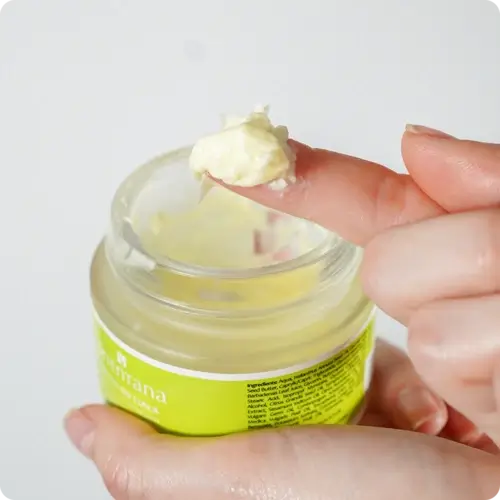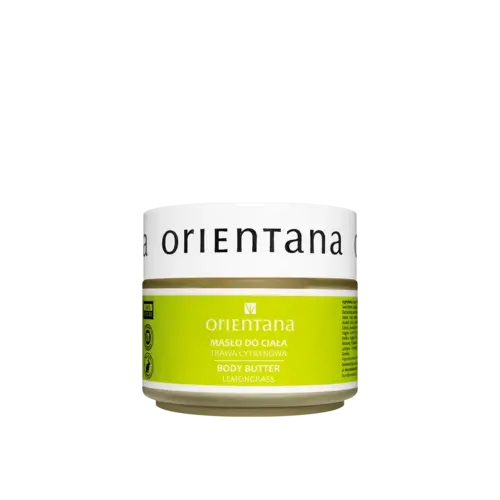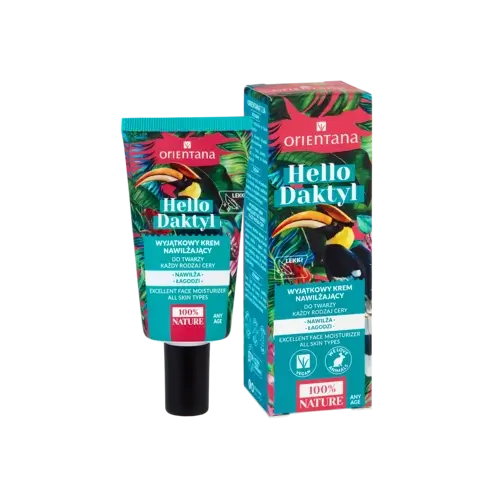Tocopherol is a timely ingredient. We often get questions about what it is and how it works on the skin. This post will help you learn and understand the effects of this ingredient, and the important information is that vitamin E plays an important role in our lives.
Tocopherols are a group of organic chemical compounds classified as vitamin E, which perform important functions in living organisms.
There are four forms: α, β, γ and δ, differing in the number and position of methyl groups on the phenyl ring. Of these, α-tocopherol has the highest biological activity and is the dominant form in the human body.
They are fat-soluble and play a key role as antioxidants, protecting cells from oxidative stress by neutralizing free radicals.
They also help maintain the integrity of cell membranes and influence gene expression and immune system function.
Tocopherol deficiency is rare but can lead to neurological symptoms, muscle weakness, and immune system problems. Excessive vitamin E supplementation can interfere with blood clotting and increase the risk of bleeding, especially in people with vitamin K deficiency.
In the food industry they are used as natural antioxidants, preventing fats from becoming rancid.
In cosmetics, they are added to care products because of their antioxidant and moisturizing properties.

TOKOFEROL - Essential information
The vitamin was discovered in 1922 when its role in animal fertility was noticed.
In 1936 its chemical structure was determined, and in 1938 it was successfully synthesized. The name tocopherol means "bringing birth" in Greek, so named because this vitamin was discovered as a substance that aids fertility.
Vitamin E deficiency
Symptoms of Vitamin E Deficiency
This vitamin is a powerful antioxidant that protects cells from oxidative stress, supports the nervous, immune and circulatory systems. Its deficiency is rare, but can occur. The condition resulting from long-term deficiency is called avitaminosis E.
Tocopherol deficiency manifests itself as neurological and muscular abnormalities. We experience numbness, tingling, and muscle weakness. Symptoms of deficiency often include cramps, loss of muscle mass, and blurred vision.
Do deficiency symptoms affect the skin? Long-term vitamin E deficiency causes skin and hair problems. The skin becomes dry, rough and prone to irritation. Symptoms of deficiency also include brittleness and hair loss.
A small amount of this vitamin in the body may also mean problems with getting pregnant because tocopherol deficiency affects the quality of egg and sperm cells.
Who is at risk of tocopherol deficiency?
We already know that vitamin E plays an important role and is essential in our body. Vitamin E deficiency has been observed in people suffering from fat malabsorption syndrome and in people with liver and biliary tract diseases.
Indications for the use of tocopherol include people on a diet low in fat and antioxidants as well as the elderly and premature babies.
Vitamin E Overdose
Overdose (hypervitaminosis E) may lead to an increased risk of bleeding. Vitamin E has an antagonistic effect to vitamin K.
Excess vitamin leads to heart problems (high doses can increase the risk of stroke), gastrointestinal problems (diarrhea, nausea) and muscle weakness. Remember that doses above 1000 mg/day can be toxic!
Natural forms of vitamin E
What is the natural source of this vitamin? In food, it occurs in vegetable oils, nuts, seeds, and selected vegetables and fruits. This vitamin can also be found in avocados. However, the absorption of vitamin E requires the presence of lipids in the diet.
The recommended daily intake of vitamin E varies by age and gender. For example, for adult men it is about 10-15 mg of α-tocopherol, and for women 8-10 mg.
The upper limit of tolerable intake for adults has been set at 300 mg per day. Pregnant women need a dosage of 15 mg.
Below is the vitamin content of food ingredients:
- Nuts and seeds : almonds (25 mg/100 g), hazelnuts (15 mg/100 g), sunflower seeds (35 mg/100 g).
- Vegetable oils : sunflower oil (41 mg/100 g), olive oil (14 mg/100 g), wheat germ oil (149 mg/100 g).
- Green leafy vegetables : spinach (2 mg/100 g), broccoli (1.5 mg/100 g).
- Fruits and vegetables : avocado (2.1 mg/100 g), kiwi (1.5 mg/100 g).
- Fish : salmon, mackerel, sardines (about 2 mg/100 g).
A diet high in fat improves the absorption of vitamin E.
Vitamin E supplementation
We already know that vitamin is an essential component of the diet with antioxidant properties, supporting the functioning of the nervous, immune and circulatory systems. But what if the vitamin content in the diet is too low? We reach for a vitamin supplement to replenish the deficiency.
Vitamin supplementation should be individually selected depending on health, vitamin E levels in the body and lifestyle. We can buy dietary supplements without a prescription, but sometimes a visit to a doctor is necessary.
The doctor determines the indications for the use of tocopherol after testing the level of the vitamin in the blood serum. In more severe diseases when high doses are necessary (over 100 mg/day), the dosage of tocopherol should be under the supervision of a doctor.

TOCOPHEROL - Properties in cosmetics
Tocopherol is the most commonly used form of vitamin E in cosmetics. It is a strong antioxidant that protects the skin from free radicals, i.e. premature aging. Due to its properties, it is used in skin, hair and nail care products.
There are different forms of this vitamin, but natural Tocopherol is the form that is best absorbed through the skin. The action of vitamin E is to support protection against UV radiation - it reduces the harmful effects of exposure to the sun.
The use of tocopherol causes skin cells to regenerate, the skin's lipid barrier is strengthened, and the skin is moisturized. Vitamin E has a soothing effect on irritation and inflammation. It supports wound healing and reduces redness.
It has a significant impact on skin cells - it stimulates the synthesis of collagen and elastin, which makes the skin look younger.
Vitamin E used in hair cosmetics has a strengthening effect. It prevents breakage and adds shine.

The use of tocopherol in cosmetics is wide. In creams it moisturizes, reduces wrinkles and protects against photoaging. In serums and oils , vitamin E has a regenerating effect and strengthens the protective barrier.
Body lotions and body oils with this ingredient improve skin elasticity, and in hand creams it supports the regeneration of dry, chapped skin.
The optimal concentration in cosmetics is 0.5-5%. Above 5% tocopherol may irritate people with sensitive skin.
Tocopherol is an important active ingredient in cosmetics – it is worth looking for it in the composition of skin and hair care products!
Scientific sources:
- Evans, H. M., & Bishop, K. S. (1922). "On the existence of a hitherto unrecognized dietary factor essential for reproduction." Science , 56(1458), 650-651.
- Sure, B. (1924). "The vitamin E content of various foods." Journal of Biological Chemistry , 59, 693-704.
- Karrer, P. (1936). "Isolation of vitamin E and determination of its structure." Helvetica Chimica Acta , 19, 856-865.






